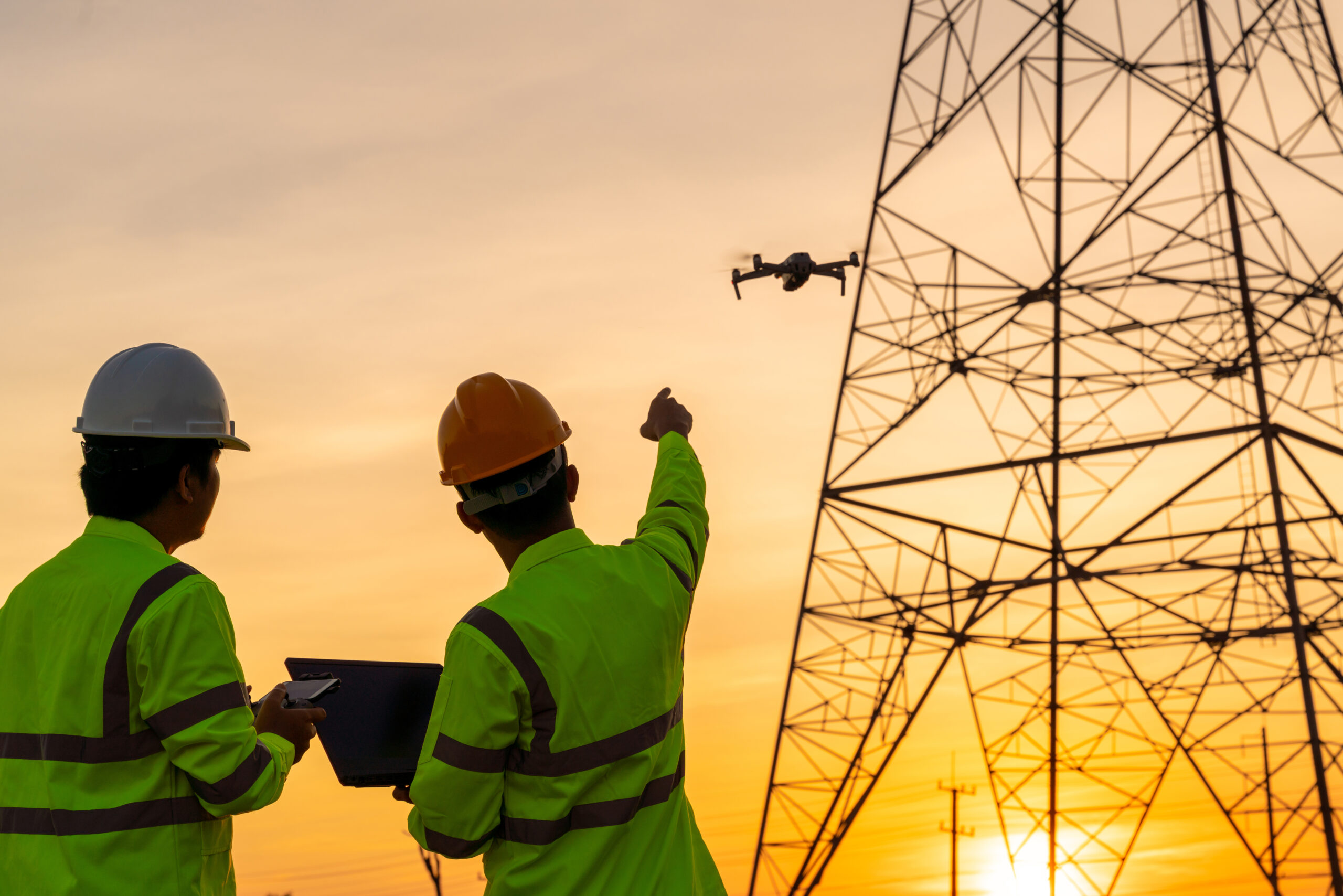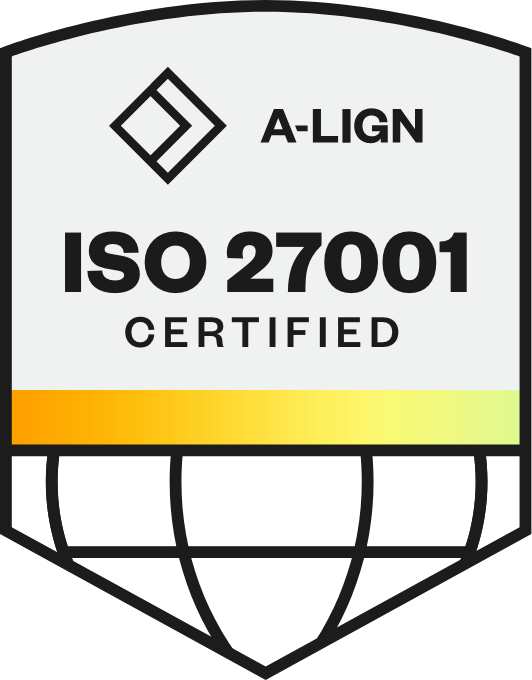
Many utility companies are still spinning their wheels in their approach to data management, conducting manual practices in the process of gathering and analyzing robust amounts of data generated from standard powerline, vegetation and asset inspections. But lately, it has become abundantly clear that these companies can no longer get away with carrying out these dated techniques. Ongoing disasters like wildfires continue to be on the rise with 6,190 fires in California in 2019 alone, and impacted communities are demanding more from their utility companies. Modernized solutions like drones can help provide those better results that customers expect – but only if they’re paired with new ways of thinking about, processing and utilizing data management.
It’s not enough to just implement new technology capable of collecting and generating valuable data; power companies need a long-term processed approach – and new workflows that support that process – to result in more effective actions for utility companies to better serve their communities.
How Automation is Bringing in a New Era
For decades, utility companies have been relying on their employees to conduct manual inspections by capturing images of utility infrastructure and their surrounding environments – judging everything by the naked eye. For example, manned helicopter inspections would be conducted to analyze utility power lines from far distances – generating less than ideal results due to the lack of granularity, and inevitably introducing human error into the process. By not having the access to specific, hard-to-get-to areas, key details and areas would go overlooked and result in uninformed decision-making.
With manual processes leading to inconsistent data generation, the use of automation becomes more of a prominent focus. As technology evolves, so does the amount of data, and that growth requires a stronger support system from companies to process it. In the drone utility inspection process, we’re beginning to see a shift as automation capabilities are introduced to significantly minimize the amount of effort typically required for close-up examination. That leads to significantly improved results with high definition imaging and incredibly detailed, consistent and repeatable inspection data.
Role of Machine Learning and AI
Whether valuable or useless, data gathering is typically easy. The real trick is figuring out how to use that data effectively and making sure it is analyzed and managed properly. In the instance of drone inspections, the amount of data gathered from these inspections can sometimes span into petabytes of sets, and to manually analyze it all would be near impossible. Fortunately, AI and machine learning capabilities can be leveraged here to alleviate the stress of managing and processing collected data.
The drone-captured, hyperspectral data that comes from inspected areas such as vegetation and hazardous trees near power lines can be uploaded to databases within the utility company’s data management systems. There, machine learning-based tools can quickly perform their analysis, sifting through thousands of captured images and deriving conclusions based on identified patterns. On top of that, these conclusions help to present the data in a more intuitive and actionable form, so that the analysts at these utility companies aren’t being given a wall of data to decipher. Instead, they’re given a list of clear and specific actions to take to further improve the infrastructure.

Of course, there is always the question of capacity and making sure there is the bandwidth to house all of that valuable information. These large datasets are great to have, but it can certainly be overwhelming and may even require a backup solution to help carry the load. Deploying a cloud environment is essential for providing the infinite scalability needed for storing this inspection data as well as the capacity to store it for up to several years so that it is accessible when there is a need for analysis.
The underlying theme for any big data management process – especially when it pertains to the inordinate amounts of data that utility companies collect from their infrastructure – all ties back to empowerment and providing professionals with effective tools that allow them to work more intelligently. While leveraging drone technology is an enormous benefit, it requires capabilities like AI and machine learning and better workflow processes to turn complex information into not only clear and simple, but also actionable – ultimately revolutionizing processes that will lead to long-term, beneficial results. These changes need to start from the top, and equipping data teams with a Chief Data Officer (CDO) that has a firm grasp on data processing and adept understanding of how to effectively use it would help utility companies significantly as they look to better serve and protect their customers.

